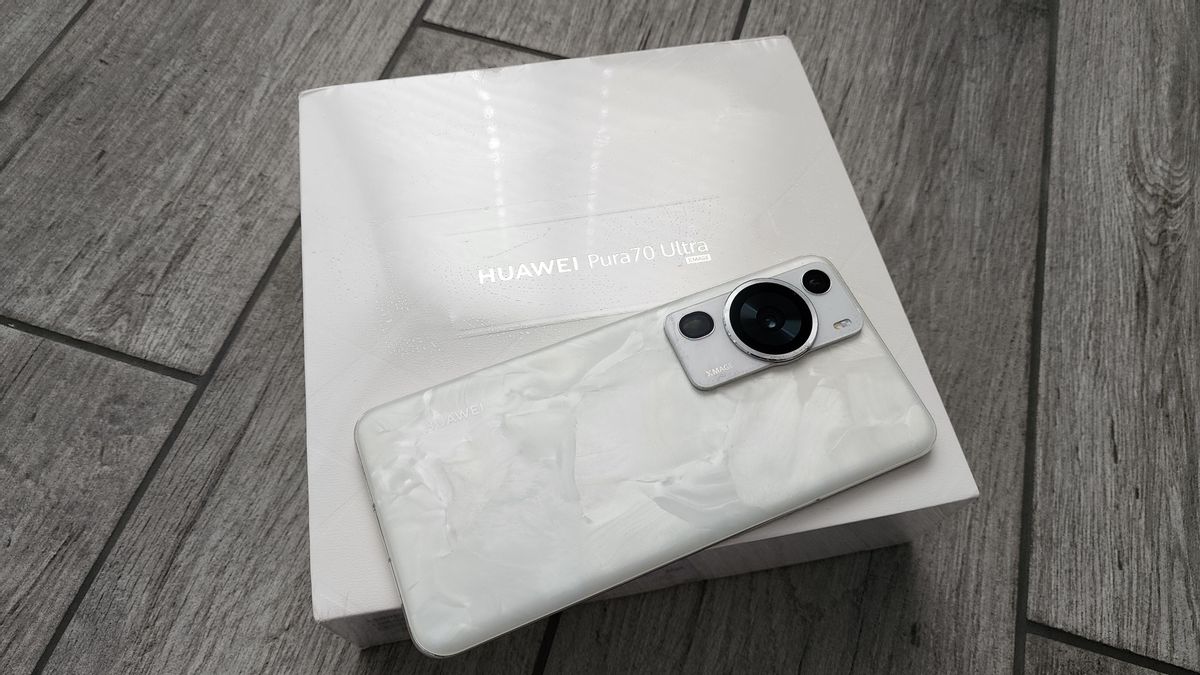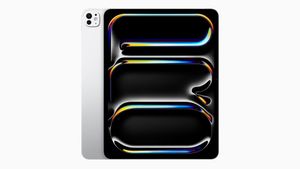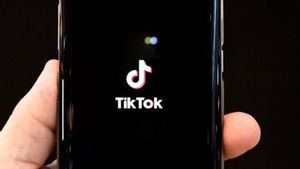A series of the newest smartphones from Huawei, namely the Pura 70 series, were quickly sold out after being launched last month. Analysts have even described it as a new competitor to Apple's iPhone and add evidence of how the Chinese company was able to withstand a restriction attack from the US.
The Pura series developed by the Shenzhen-based company has an advanced camera and is known for its elegant design. In comparison, the Mate 60 series, which marks Huawei's return to the high-end smartphone market last year, emphasizes its performance and features.
iFixit and US-based TechSearch International which provide reports on dismantling of product pairs have examined the interior of Huawei Technologies' 70 Pro Temple. The following are their findings as quoted by VOI from Reuters:
CHIP PROCESSOR
The Pura 70 phone uses advanced system-on-chips that have external signs corresponding to the older Kirin 9000s, a chip used by the Mate 60 series from Huawei produced by the Chinese chip factory, Semiconductor Manufacturing International Corp's (SMIC) with a manufacturing process of 7 nanometers (nm) N+2.
iFixit, TechSearch, and other high tide companies called this chip Kirin 9010.
MEMORY CHIP
Like Mate 60, Pura 70 uses a DRAM chip made by SK Hynix from South Korea. However, the NAND flash Pura 70 memory chip shows that it is most likely assembled by Huawei's in-house chip unit, HiSilicon, according to iFixit and TechSearch. In comparison, Mate 60 uses NAND chips from SK Hynix.
SEE ALSO:
OTHER CHINA-MADE COMPONENTS
The Pura 70 Pro phone combines a series of other important components designed by HiSilicon such as WiFi and Bluetooth modules as well as power management chips. Components such as audio boosters and LED light drive come from other domestic suppliers such as Goodix and Awinic.
MADE FOREIGNERS
However, this phone still uses several components from foreign suppliers. Battery chargers were obtained from Taiwan's Richtek, and most strikingly, motion sensors and rotations were sourced from German company Bosch.
iFixit noted that interestingly, Chinese suppliers may have the ability to domestically produce these sensors, so the question arises why they need to use foreign-made sensors.
The English, Chinese, Japanese, Arabic, and French versions are automatically generated by the AI. So there may still be inaccuracies in translating, please always see Indonesian as our main language. (system supported by DigitalSiber.id)


















